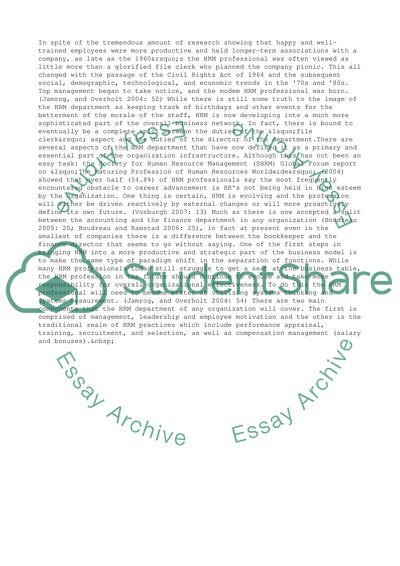Cite this document
(“Human Resource Management: Effort to Confront a Workforce Coursework”, n.d.)
Retrieved de https://studentshare.org/management/1392359-critical-evaluation-of-hrm-and-organisation
Retrieved de https://studentshare.org/management/1392359-critical-evaluation-of-hrm-and-organisation
(Human Resource Management: Effort to Confront a Workforce Coursework)
https://studentshare.org/management/1392359-critical-evaluation-of-hrm-and-organisation.
https://studentshare.org/management/1392359-critical-evaluation-of-hrm-and-organisation.
“Human Resource Management: Effort to Confront a Workforce Coursework”, n.d. https://studentshare.org/management/1392359-critical-evaluation-of-hrm-and-organisation.


